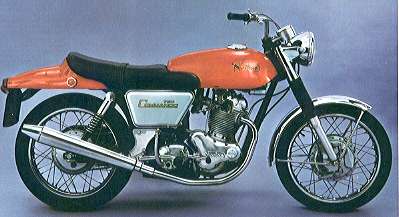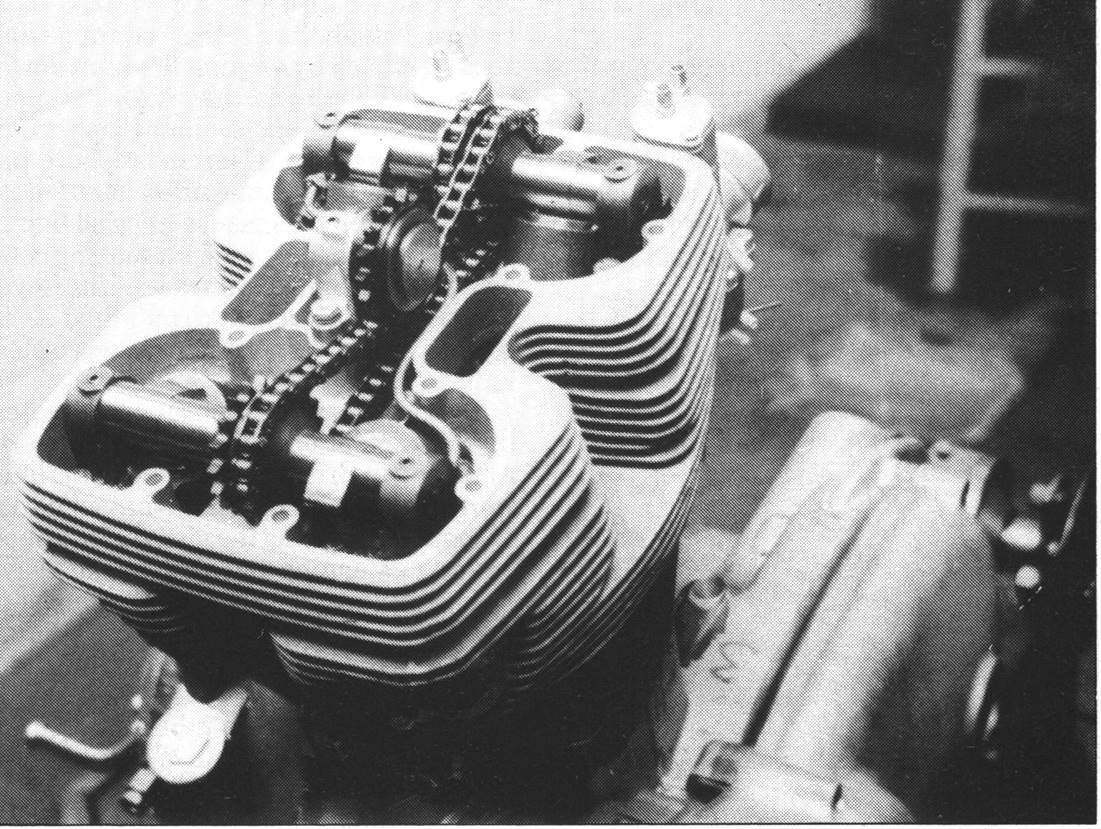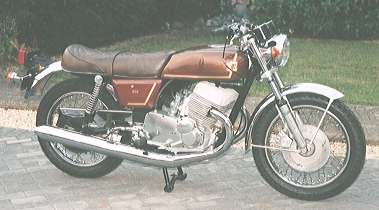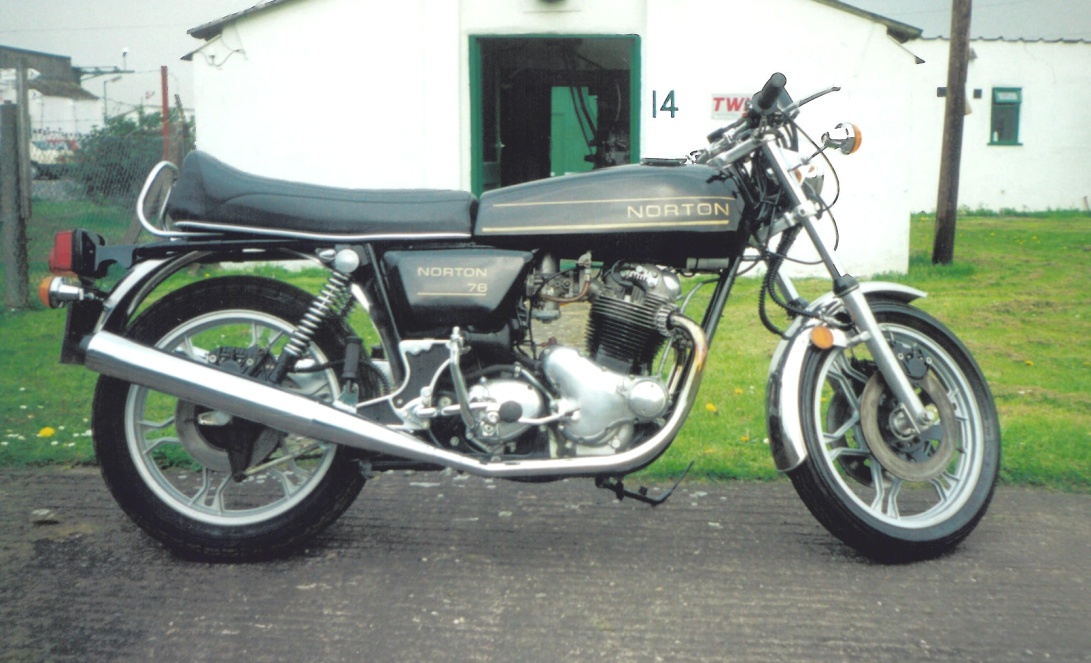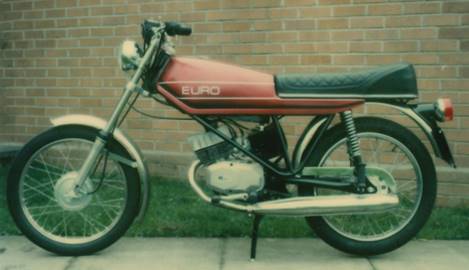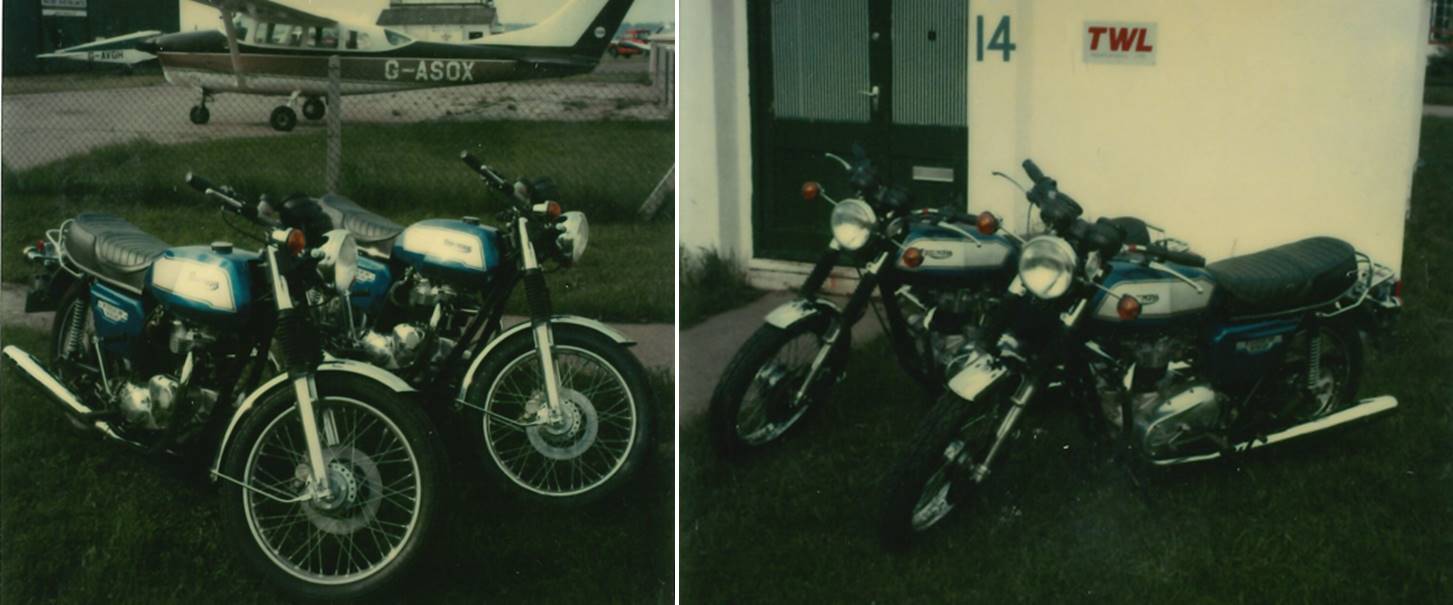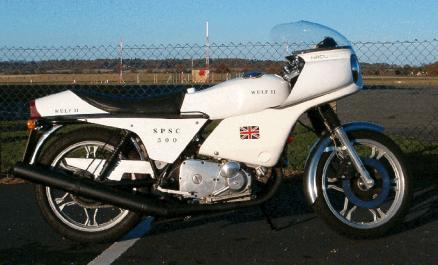Career history of Bernard Hooper CEng., MIMechE.
After completing an apprenticeship with Lucas Industries in Birmingham, Bernard studied Mechanical Engineering at Cornwall Technical College. He studied to ultimately become a chartered engineer (CEng) via the Institution of Mechanical Engineers (IMechE) chartered engineer status entrance examinations. Soon after graduating from Cornwall Technical College he decided to emigrate to Australia. He worked initially for Lawton Forklift Trucks in Adelaide and latterly for Chrysler Australia Ltd also in Adelaide.
In the early 1950s, after a spell working for the Ministry of Supply, he joined BSA, working at the Redditch plant and rising to the position of Senior Design Engineer. Key engine and gearbox projects he was responsible for included: -
The Sunbeam S10 500 cm3 OHV engine unit
The BSA Bantam 150 cm3 engine
The Bantam 4 speed gearbox
BSA Bantam 150 cm3 engine
Sunbeam
S10 500 cm3 OHV engine
unit At BSA Bernard became a close colleague of Hermann Meier and
became ever more fascinated with two-stroke cycle engines. The design process
seemed to be a black art and he decided that there must be a more consistent
approach to consider the design methodology involved in porting, inlet and
exhaust system. He was fascinated by the work of Prof.
Hans List (AVL, Graz, Austria) and Walter Kaaden s
pioneering work at MZ. Bernard became disillusioned with the lack of forward
thinking evident at BSA. He regularly visited the Frankfurt Motorcycle show and
was well aware of the developments coming forward from the key World
competitors. Back at BSA he made proposals for the future way forward for BSA
to remain a World leading motorcycle manufacturer and was staggered to hear
push backs from senior managers. One comment being "you can't go saying things
like this. They (the BSA directors) might want us to do something about it."
Completely unimpressed by this blinkered thinking he resigned from BSA as he
could see no future there and formed a partnership with Meier (Hooper-Meier
Partnership) offering engineering consultancy. During this period the following
were successfully developed: - The Scott Swift 500 cm3 twin cylinder engine (with
BH designed Schnurle ported) Outboard designs for Coventry
Apex The Norton 5 speed gearbox
(for Harold Daniell) 400 cm3 engine for a small coupe for Saville Cars Scott Swift 500 cm3 twin
cylinder engine By this point in his career Bernard Hooper's talents were
making larger companies take notice and in 1958 he was offered the position of
Chief Designer at the Villiers Engineering Company. At VEC he became famous for
the highly successful Starmaker engine. His key
projects included: - The Starmaker
Scrambler and Racing engines The 4T Roadster and Minicar
engine 150 cm3 Lightweight four-stroke engine 500 cm3 Twin Minicar engine 75/2 100 cm3 Vertical shaft engine Starmaker
and Stormer engines Starmaker
Racer - Bultaco framed 250cm3
Starmaker At Villiers he formed another strong key partnership with
John Favill. John was a gearbox specialist and they
both worked successfully on the Starmaker engine and
integral gearbox unit. Unfortunately again Bernard felt heavily constrained by
the limited plans that Villiers had. He and John decided to resign in 1965 and
formed their own consultancy partnership, Hooper Favill.
This resulted in further key projects and developments: - The modern stepped piston
engine (SPX and SPR concepts) TSS improved engine concept Transamatic
high speed roller feed system Soon after leaving Villiers, significant changes were
happening in the British motorcycle industry. The AMC Group was taken over by
Manganese Bronze led by Dennis Poore. Poore immediately set to work in trying to turn around AMC
and wanted talented engineers to lead the newly formed Norton Villiers. On
visiting the Villiers plant at Marston Road he was told that his most talented
engine designer had recently left. Poore tracked Bernard
down and asked him if he would return as Chief Engineer of the Group. Bernard
was however by this time keen to develop the stepped piston engine concept and
was therefore reluctant until he showed the designs to Poore.
Poore readily became keen on the designs shown to him
and NV became the first licensee of the SP Engine. Bernard and Favill joined Norton Villiers and the new Technical
Director Dr Stefan Bauer. The first task was to save the Group by developing a
ground breaking new motorcycle. Bauer insisted that the high vibration of the
proposed parallel twin must be tamed. The Norton Commando was from this point
born. Bernard invented the famous Isolastic anti
vibration system while returning to Wolverhampton on the train from Plumstead with his assistant Bob Trigg. The key engineers, reporting to Dr Bauer as Technical
Director were: - Engineer 1 Bernard Hooper
(Chief Engineer) Engineer 2 Bob Trigg Engineer 3 Tony Denniss Engineer 4 John Favill Norton Commando Z26 DOHC engine and
gearbox unit for the new Norton Commando The original plan for the Commando was to design and develop
a completely new engine and gearbox. The development project was code named Z26. Unfortunately due to the need to have a bike in production at break neck speed this was a very tall challenge. Bernard realised
this was a long shot but he and Favill did their best
and a Double Overhead Cam engine and gearbox unit was designed. The need for
the Commando to be in production so quickly really meant that there was
insufficient time and resources for the Z26 engine development. Bernard knew that
a faster solution was the only way. The engine continued through development
but Bernard had also seen the results of Wally Wyatt's great work on the Atlas
750 cm3
engine. Bernard saw this as a much more rapid and viable option to meet the
stringent production deadlines imposed by management. He was frustrated by the
director's inability to be able to make decisions. In
desperation he scheme-ed out a design with the
cylinders inclined forward from the vertical, creating a more modern design. He was always
a fan of tail fairing layouts and so the future Norton Commando Fastback design
was born. The directors finally made a decision and the Commando was to become
the saviour of Norton. The Norton Commando is one of the most successful
motorcycles the industry has seen being voted MCN Motorcycle of the year for 5
consecutive years despite the increasing competition from Japanese
manufacturers such as Honda and Yamaha. In 1970 Bernard Hooper and Bob Trigg were awarded the Castrol Design Award for best
contribution to motorcycle safety, comfort and performance, for the Norton
Commando Isolastic Engine Mounting System. Other engines and projects, in addition to the Commando,
completed by Bernard Hooper at Norton Villiers included: - The Norton Wulf
500 cm3 Motorcycle
(SPX500 stepped piston engine) AJS Stormer
and Starmaker engines Villiers C30 Four-stroke 256 cm3 industrial engine Villiers Vertex 172 cm3 rotary mower engine SPR150 and SPR270 Industrial
engines (Single cylinder stepped piston engines) As is well-known the British Motorcycle industry struggled
with deep financial constraints in the 1970s. Bernard again became frustrated
by the lack of support for future ground breaking designs and future advanced
projects and he resigned from Norton Villiers Triumph (NVT) in 1974. NVT went into receivership in July 1975 following the recall
of loans by the Labour Industry Minister Eric Varley. The Action Committee at
Marston Road tried to save the industry and approached Bernard to see if he
would help. He agreed and Hooper and Favill teamed up
again to quickly develop the following in order to show what the new industry
could do if the Government would support the efforts at the factory at Marston
Road: - The Norton Wulf
500 cm3 Motorcycle
(SPX500 stepped piston engine) Norton 76 Motorcycle (New
modernised Commando design) Norton EURO 50 (50 cm3 entry level motorcycle) Norton Wulf - 500 cm3 SPX500 stepped piston engine motorcycle Norton 76
Modernised Commando Norton EURO 50 (50 cm3 entry level motorcycle) The Norton Wulf, Norton 76 (New Commando) and Norton EURO 50 are on loan to the British National Motorcycle Museum near Solihull, West Midlands. Sadly efforts to save the industry and factory at Marston
Road were not supported by the Government despite the strong remaining
popularity of the Commando. Government funding was redirected to fund the
Chrysler factory at Ryton in Coventry and the Triumph co-operative at Meriden.
Hooper and Favill therefore re-established their
partnership and concentrated on stepped piston engine developments along with
other non-SP based projects including:- The Wulf
II 500 cm3 low emission liquid cooled
stepped piston engine and motorcycle Vertex vertical shaft engine (for Mountfield) L150 Anti-vibration system (for Scooters India) FLT Anti-vibration system (for Harley Davidson) 750 Bonneville/Tiger Anti-vibration system
(for Triumph) Opposed piston two-stroke engine design
and development for National Research Council, Canada. Golfcar Mitchell VVT (Variable Valve Timing) engine development (for Rover Group/BTG) 750 Bonneville/Tiger
Anti-vibration system Despite the AV project being accepted with stringent penalty clauses, if delayed delivery of the prototypes occurred, Triumph delayed putting the AV machine into production and therefore did not take full advantage of the system benefits. This was a shame as the system was a further advanced development of the Norton Commando system which Triumph riders would have well appreciated. Eventually the T140AV and Executive Bonnevilles were put into production at Meriden but Triumph failed to secure the lucrative Police motorcycle market. Vibration tests on BMW Police motorcycles against a T140AV showed that the AV Triumph exhibited lower vibration than the BMW and hence improved radio system durability and life. In 1981 Bernard Hooper won the Castrol Silver Award for Best
paper "Minimal Maintenance Engines". His paper focussed on the
stepped piston engine and its inherent advantages over conventional two-stroke
and four-stroke engines. Wulf
II Motorcycle with liquid cooled stepped piston engine The Wulf II is on loan to the British National Motorcycle Museum near Solihull, West Midlands, as is the case for the Norton Wulf, Norton 76 (New Commando) and Norton EURO 50. Further details of other stepped piston engine projects can
be seen on the other pages of this website. LINKS TO BHE WEBSITE PAGES SHOWING MORE RECENT WORK OF BERNARD HOOPER ABOUT BERNARD HOOPER ENGINEERING LTD Bernard Hooper was also retained by Ford Motor Company and
other leading companies as a consultant. More detail on Bernard Hooper's career can be found in Peter
Watson's excellent 2 part article in Classic Bike Magazine published in January
1991 and February 1991. PUBLISHED PAPERS AUTHORED OR CO-AUTHORED BY BERNARD HOOPER Hooper, B and Hooper, P.R. (1996) - "Initial Heavy Fuel Development of Stepped Piston and Crankcase Scavenged Two-cycle Engines" (12th International RPV Conference, Bristol University, 9-11 September 1996) Hooper, B and Hooper, P.R. (1991) - "Design and Development of the 30kW RPV Stepped Piston Engine" (9th International RPV Conference, Bristol University, 9-11 September 1991) Hooper, B and Favill, J.E (1978) - "Modern Stepped Piston Engines" (IMechE paper C133/78 Design and Development of Small IC Engines Conference 31 May - 2 June 1978) AWARDS 1970 - Castrol Design Award Bernard Hooper and Bob Trigg won the Castrol Design Award for best contribution to motorcycle safety, comfort and performance, 1970, for the Norton Commando Isolastic Engine Mounting System. 1981 - Castrol Silver Award for Best paper Bernard Hooper won the Castrol Silver Award for Best paper "Minimal Maintenance Engines" UK DTI Awards BHE are winners of 3 UK Government Department of Trade and Industry Smart Awards for Innovation 1996 - Small Business Award for Innovation Dudley Training and Enterprise Council / Business Link - Small Business Award for Innovation 1996 FURTHER AWARDS MADE POSSIBLE BY THE RESEARCH WORK OF BERNARD HOOPER 1998 - Small Business Award for Innovation (Special Achievement Award) Dudley Training and Enterprise Council / Business Link - Small Business Award for Innovation 1998 2006 - Institution of Mechanical Engineers Award The following paper was awarded the Institution of Mechanical Engineers Aerospace Industries Division Charles Sharpe Beecher Prize, "for the best paper on an aerospace subject published by the institution in the previous year or for a contribution in that field," at the AID AGM at IMechE HQ on 16 May 2006. Hooper, P.R. - "Stepped Piston Engines for Multi-Fuel UAV Application" (IMechE Conference on Propulsion Systems for Unmanned Aircraft, Bristol, 14 April 2005) 2008 - Institution of Mechanical Engineers In July 2008 Peter Hooper was elected as a Fellow of the Institution of Mechanical Engineers 2012 - Doctor of Philosophy In May 2012 Peter Hooper successfully completed his PhD in Mechanical Engineering. PhD Thesis Title: "An Experimental and Analytical Investigation into the Heavy Fuel Operation of a Stepped Piston Engine for Unmanned Air Vehicle Application" 2025 - Sage Best Paper Award 2024 The following paper was awarded the Sage 2024 best paper award for a Journal Paper published in the Institution of Mechanical Engineers Part A: Journal of Power and Energy. Hooper, P.R. (2024) - "Energy recovery from landfill gas emissions using a stepped piston segregated scavenge engine" (Proceedings of the Institution of Mechanical Engineers, Part A: Journal of Power and Energy. 2024;238(4):676-689) doi:10.1177/09576509241231020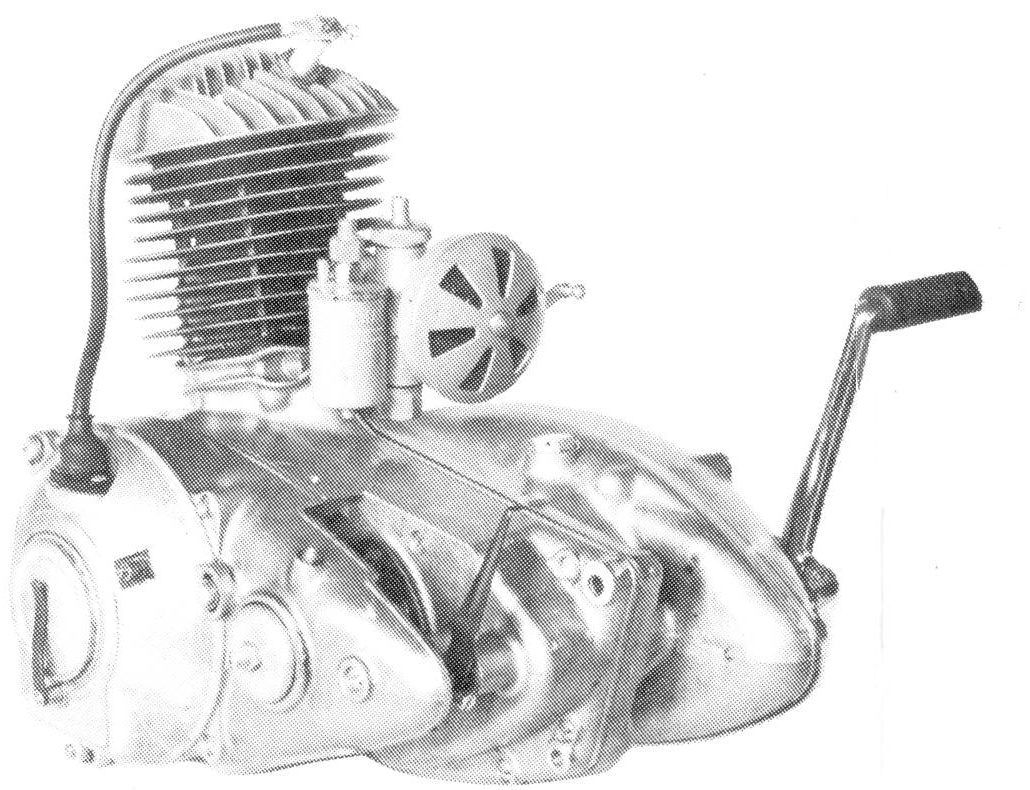

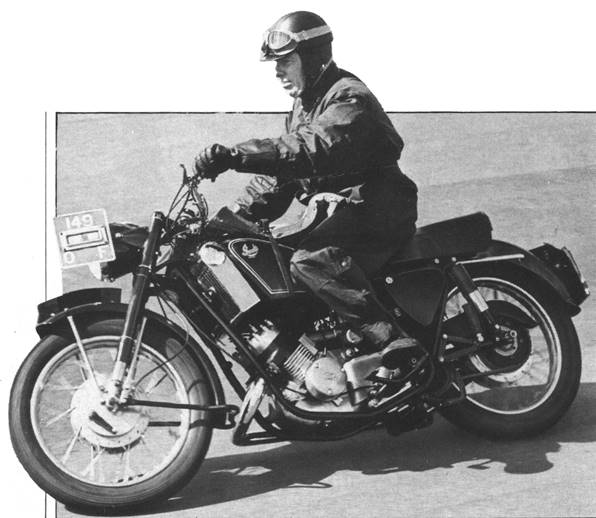
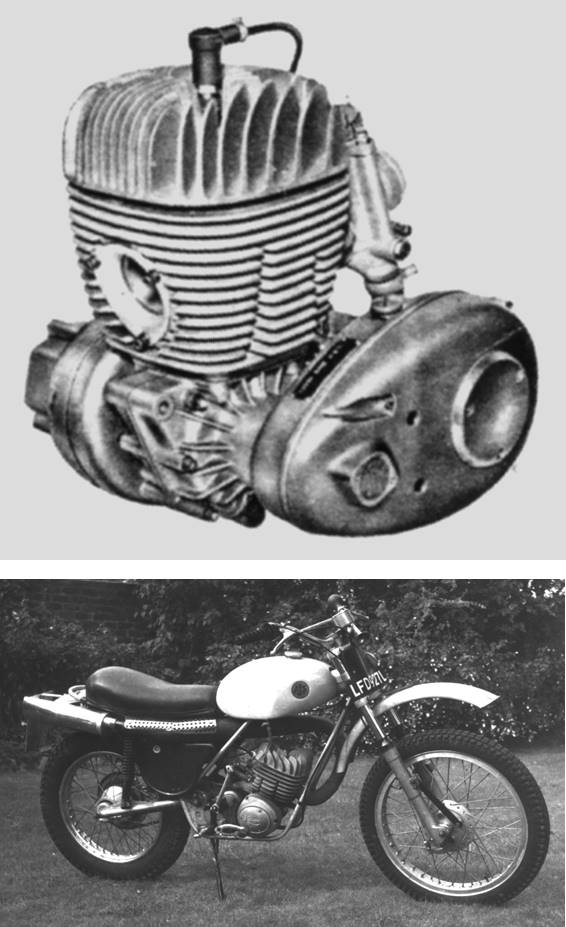
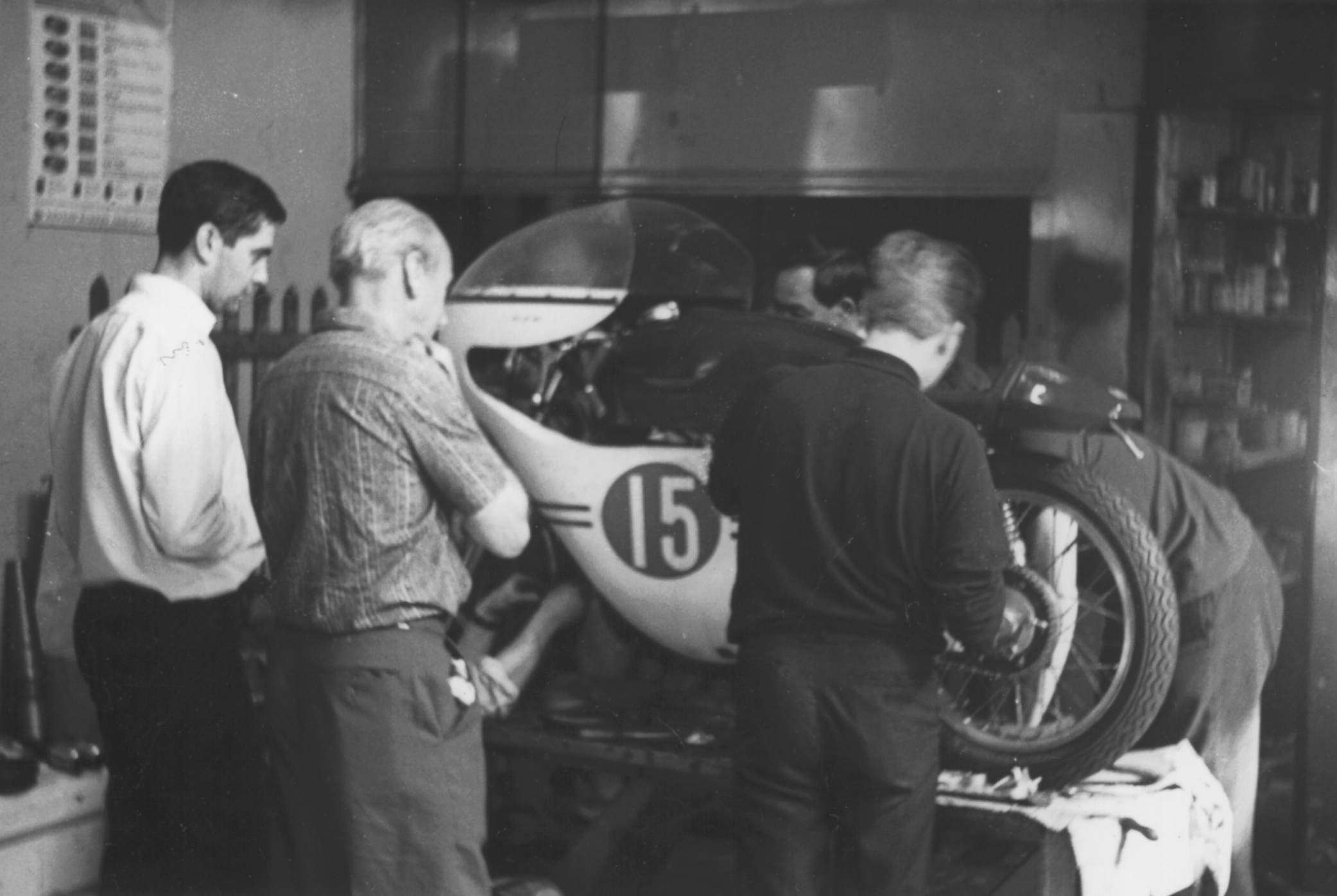
(Peter Inchley rode to 3rd in the TT Races)